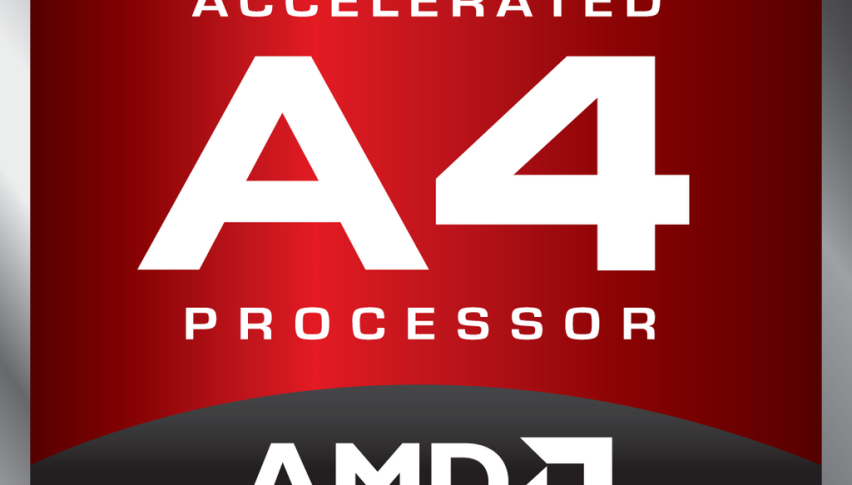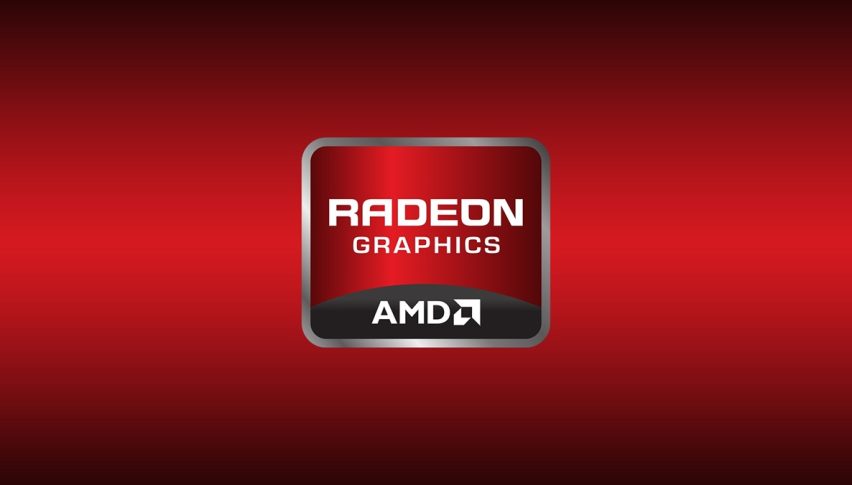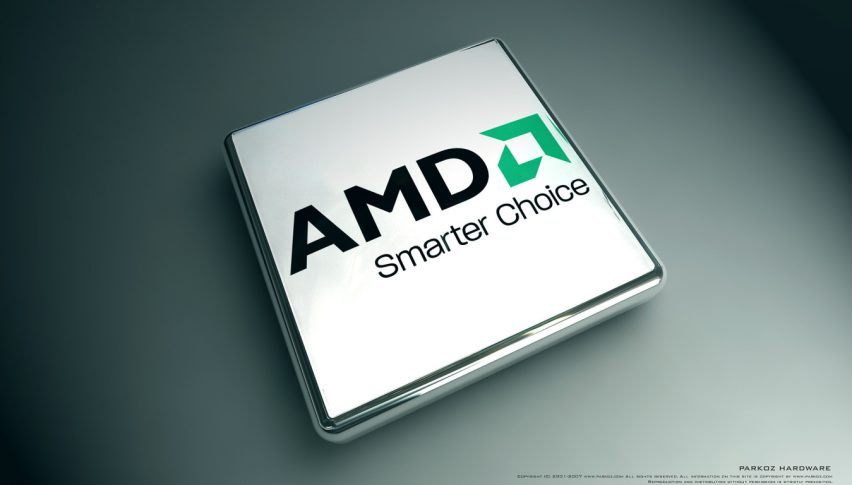From $240 to $213: AMD Stock Slides 7% After Record Rally and Trade Tensions
After soaring to record highs on optimism over its new partnership with OpenAI, AMD’s stock reversed sharply as trade tensions, fierce...

Quick overview
- AMD's stock surged over 46% after announcing a partnership with OpenAI, granting the latter a 10% stake in exchange for access to AMD's processors.
- The optimism quickly faded as President Trump hinted at new tariffs on Chinese imports, causing AMD's stock to drop over 7% by the end of the week.
- Intensifying competition in the AI chip market, including moves by Broadcom and Alibaba, poses additional challenges for AMD's growth prospects.
- Leadership changes at AMD have raised investor concerns about execution risks, adding to the uncertainty in the semiconductor sector.
Live AMD Chart
[[AMD-graph]]After soaring to record highs on optimism over its new partnership with OpenAI, AMD’s stock reversed sharply as trade tensions, fierce competition, and leadership changes unsettled investors.
OpenAI Partnership Ignites Early Week Euphoria
Advanced Micro Devices (NASDAQ: AMD) made headlines early this week after announcing a landmark deal with OpenAI. The agreement gives OpenAI a 10% stake in AMD in exchange for access to the chipmaker’s cutting-edge Instinct processors, a key step in powering the next phase of AI infrastructure.
The partnership represents a significant expansion of OpenAI’s computing capacity. According to OpenAI President Greg Brockman, the company plans to deploy roughly 6 gigawatts of AMD’s processing units over the coming years, starting with one gigawatt in the initial rollout. This move is aimed at overcoming ChatGPT’s current performance limitations and supporting the release of more advanced AI models and tools.
Following the news, AMD’s stock surged more than 46% during the week, climbing from around $165 to a record high of $240 by Thursday. OpenAI also agreed to purchase approximately 160 million AMD shares, cementing the collaboration and bolstering market confidence in AMD’s AI growth trajectory.
Market Optimism Gives Way to Tariff Shock
The bullish momentum, however, proved short-lived. On Friday, President Donald Trump announced the possibility of new tariffs on Chinese imports, reigniting fears of a renewed trade war. The news sent tech stocks with Chinese exposure tumbling, with AMD falling over 7% to $213 by the end of the session.
The semiconductor sector remains particularly vulnerable to trade tensions due to its global supply chain dependence. Despite strong fundamentals and AI-driven optimism, investors turned defensive, taking profits after AMD’s meteoric rise earlier in the week.
AMD Chart Daily – Selling Pressure Returns at These Levels
Technically, the stock faces heavy resistance near $240, its new all-time high, while support lies around the $200 level. Analysts note that the next few weeks will test whether AMD can sustain its rally or if broader macroeconomic headwinds will trigger a deeper pullback.
Growing Competition in the AI Chip Race
While AMD’s deal with OpenAI marks a strategic milestone, its competitive landscape is intensifying. Broadcom recently revealed it had secured a fourth major client for its proprietary AI processors, signaling that AMD faces mounting pressure from rivals.
Meanwhile, Alibaba’s shift toward designing its own AI chips underscores a growing trend among tech giants to develop in-house hardware, reducing dependence on external suppliers like AMD. Adding further complexity, Intel and Nvidia announced a $5 billion partnership aimed at co-developing next-generation AI chips for data centers — a potential threat to AMD’s ambitions in high-performance computing.
These developments highlight the increasingly crowded nature of the semiconductor space, where speed, scale, and innovation will determine who leads the AI hardware revolution.
Leadership Transition Raises Investor Questions
In a separate development, AMD’s Chief Accounting Officer and Corporate Vice President, Philip Carter, announced his resignation to take up a CFO role at another company. While the move appeared amicable, the timing of the leadership change raised concerns among investors already wary of execution risks and operational challenges.
Analysts emphasized that while AMD’s fundamentals remain strong, investor sentiment could remain fragile in the short term as the company navigates management transitions and heightened competition.
Conclusion: Momentum Meets Market Reality
AMD’s spectacular week underscores the volatility of the semiconductor sector in the AI era. The OpenAI partnership reinforced the company’s strategic importance in the global tech ecosystem, but macro headwinds — from tariffs to leadership changes — quickly reminded investors of the risks that come with rapid growth.
If AMD can maintain its innovation pace and manage external pressures effectively, the recent dip may prove to be a healthy consolidation before another leg higher. For now, though, the stock’s path forward will depend as much on geopolitical calm as on the continued promise of AI.
- Check out our free forex signals
- Follow the top economic events on FX Leaders economic calendar
- Trade better, discover more Forex Trading Strategies
- Open a FREE Trading Account



